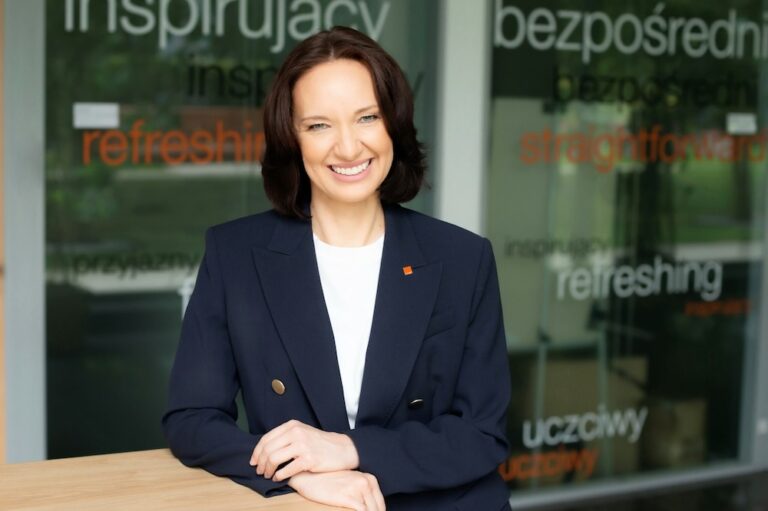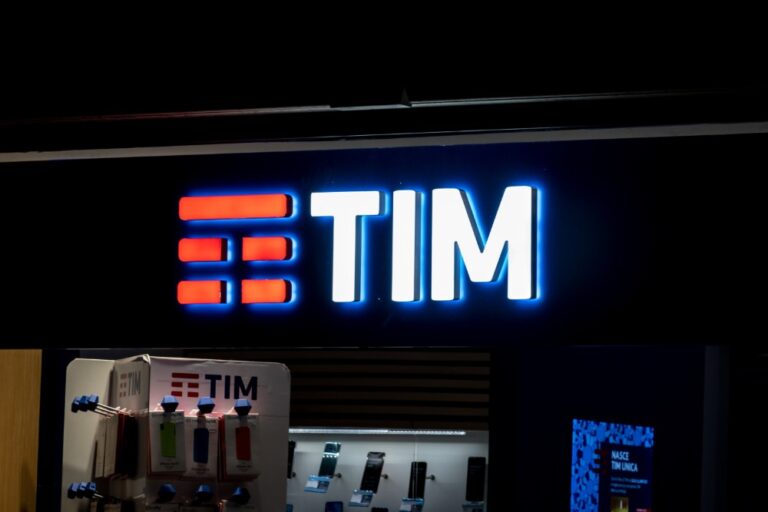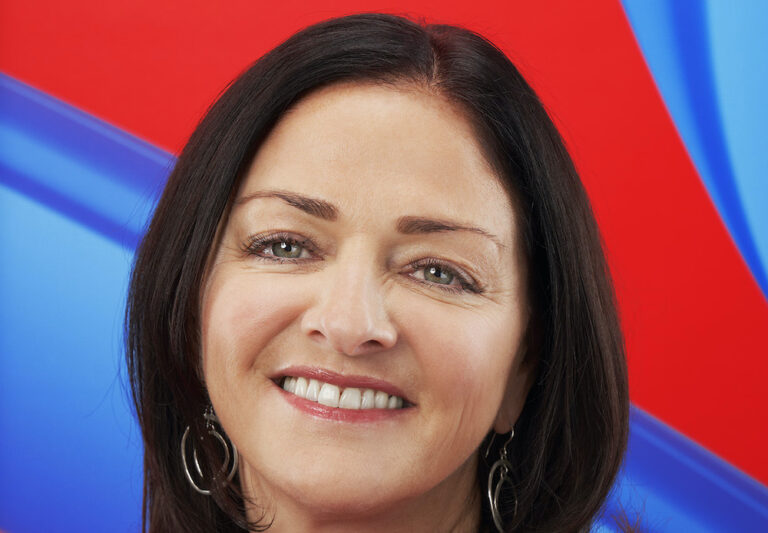5G and Beyond 2024: Cloud, core, transport and the RAN. With Celfocus, Telenor, Three UK, Telefonica, Arthur D Little
Session from Mobile Europe’s 5G and Beyond virtual event on 31 January 2024
To see upcoming Telecoms Europe events, www.telecomseuropeevents.com
5G and Beyond 2024: Protecting society in a 5G and beyond world – cloud computing and regulatory. With SS8 Networks
Session from Mobile Europe’s 5G and Beyond virtual event on 31 January 2024
To see upcoming Telecoms Europe events, www.telecomseuropeevents.com
5G and Beyond 2024: How is the operator’s role shaping up 5G private networks? With TELUS, Tele2, Edzcom
Session from Mobile Europe’s 5G and Beyond virtual event on 31 January 2024
To see upcoming Telecoms Europe events, www.telecomseuropeevents.com
5G and Beyond 2024: Operating on the Edge with Red Hat OpenShift AI. With Red Hat
Session from Mobile Europe’s 5G and Beyond virtual event on 31 January 2024
To see upcoming Telecoms Europe events, www.telecomseuropeevents.com
5G and Beyond 2024: How will AI help telcos to extract value from their data and network assets? With Telefonica
Session from Mobile Europe’s 5G and Beyond virtual event on 31 January 2024
To see upcoming Telecoms Europe events, www.telecomseuropeevents.com
Shipping magnate buys Altice Media at bouyed up price
The deal, which still needs to be approved, sets an enterprise value of €1.55 billion
Altice Group has entered into an exclusive deal to sell Altice Media to the shipping group CMA CGM for cash payment. Altice Media owns the popular French 24-hour news channel BFM and radio broadcaster RMC.
CMA CGM is owned and led by Rodolphe Saadé. It will acquire an 80% stake in Altice Media, with its holding company, Merit France, buying the outstanding 20%.
The proposed deal has come as something of a surprise regarding both parties. Patrick Drahi, co-founder and CEO of Altice Group had not formerly mentioned the sale of Altice Media in his asset-divesting drive to pay off some of the group’s €60 billion debt.
For his part, Saadé’s deal set an enterprise value of €1.55 million for the media assets which is 14 times its core profit and seems a high price. Saadé explained, “Altice Media is a reference media group, with strong growth, talented teams, and iconic brands”.
He added, “Altice Media’s complementarity with CMA CGM’s existing Media Division and its renowned medias, La Provence, Corse Matin, La Tribune et La Tribune Dimanche, will be a key strength.”
Regulatory hurdles
The deal cannot proceed without negotiations with employee representatives and regulatory bodies. Even so, Altice says it expects to complete the deal this summer.
Last week it emerged that the European Commission had fined Altice a total of €124.5 million several years ago for acquiring Portugal Telecom before gaining the necessary processes and approvals. Altice coughed up towards the end of last year.
The fines have nothing to do with Altice Portugal’s more recent financial scandal which does not seem to have put off prospective acquirers. The Portuguese operator has reportedly has drawn considerable interest and it is thought that Saudi Arabia’s stc is leading the pack after a funding consortium backed by the Portuguese banker António Horta-Osório pulled out. However, stc is keen to find Portuguese partners to improve its chances of emerging victorious.
French law enforcement is also investigating potential links to the Portuguese scandal and possible corruption, while stressing no-one in public office is under suspicion.
Orange Polska launches 8Gbps fibre services in two cities
Based on XGS-PON, Warsaw and Krakow will be first with other cities to follow
Orange Polska has announced that customers in Warsaw and Krakow can now order fibre services up to 8Gbps – dubbed Ultrafast Orange Fibre. The operator said that since its launch of fibre-based services in the country a decade ago, more than 1.3m customers are connected to fibre and opting for higher fibre speeds. The 8Gbps service is available to more than 830,000 households.
Orange said the plan it to offer the service in additional cities. It plans to offer the service to nearly 2m households by the end of this year, according to Orange Polska CEO Liudmila Climoc. “Our new offer opens up full possibilities for a real home of the future,” she said. “This ultra-fast fibre connection is perfect for enjoying the highest quality entertainment – video streaming, online games [and] virtual reality.”
She added: “The best solution for freelancers, whose job involves sending large files, such as graphic designers, video game creators, or audio professionals. Thanks to wi-fi, it is possible to connect up to 256 devices!”
Based on XGS-PON, which has a 10Gbps limit, Orange said the download speed that users can realistically achieve on their device is 8Gbps. The data transfer speed offered by the service is a maximum of 1Gbps. To take advantage of such a fast connection, users will need a laptop or desktop computer with a 10 Gbps port. The 8Gbps service works with Orange’s new Funbox 10 modem – which supports the Wi-Fi 6E standard so is ready for the 6GHz band, depending on how that ends up being utilised.
The operator points out that the modem has eco modes that will allow users to adjust the operation to their needs to save energy. The housing and packaging are made of 100% recycled materials.
Ultrafast Orange Fibre is currently available to new customer who sign contracts for 24 months or for an indefinite period. In the discount option, together with Funbox 10, customers can use it from PLN 200.01 per month. If ordered online, further promotions are available.
In addition to the latest speeds, Orange also offers options up to 300 Mbps, up to 600 Mbps and up to 1 Gbps, as well as Fiber Optic Pro 2.0, offering speeds of up to 2 Gbps in total on all devices in the home.
The operator points out that since arriving in the fibre market in 2015, it has spent more than PLN 4 billion on fibre optic networks, developing its footprint not only in cities, but also in areas at risk of digital exclusion, as part of programmes co-financed by the EU. Fibre optic investments – especially in areas with limited access to high-speed Internet – are currently also carried out by Światłowód Inwestycje (SI), whose shareholder is Orange Polska.
SI makes its network available to operators so that they can provide their own services there. Since the beginning of its operations, it has spent nearly PLN 2 billion on the construction of optical fibre networks.
Telecom Italia planning up to €1 billion asset sales to combat debt – report
The carrier could sell its stake in towerco Inwit in addition to pending Sparkle sale
Telecom Italia (TIM) is contemplating selling assets worth around €1 billion to further reduce its debt, according to Bloomberg (subscription), citing people familiar with the matter. In addition to the already planned sale of wholesale arm Sparkle – which would feth in the region of €600 million to €800 million – the carrier may dispose of its remaining stake in mobile tower operator Inwit, valued at around €300 million.
According to the report, a deal for the Inwit holding is not imminent and may not happen until 2026. The operator is under increasing pressure following its higher-than-expected debt forecast for the end of 2024. The operator said it will be able to meet its multi-year guidance even if its debt rises this year after the deal to sell off its fixed-line network closes.
The newest disposal would help TIM raise cash, which could then be used either to further cut debt or to remunerate shareholders, the people said.
Earlier this week, TIM CEO Pietro Labriola reportedly warned investors the company could need to raise billions in capital if the planned sale of its network to KKR collapses, according to Reuters. At a meeting with investors, held last Friday, Labriola said TIM expects to gain necessary approvals to complete the sale to KKR this summer but when pressed on what happens if the deal falls through, he answered that the operator would need to reduce spending drastically or seek fresh capital to sustain planned investments. KKR last week separately confirmed that the deal is set to close in the summer.
Given the recent share slump following the operator’s 2024 debt forecasts, the pressure is piling on the chief executive ahead of a shareholder vote next month over whether to hand him another mandate. Although the KKR deal is backed by the government, Vivendi – which is TIM’s tope investor – could potentially raise issues around a reappointment given it is opposed to the deal.
However, the stakes are high for Vivendi too as any alternative successor to Labriola would still need to finalise the KKR deal, or else expose TIM to penalties under the accord it sealed with the US fund, one of the sources told Reuters.
“Telecom Italia is expected to return to generating cash at group level, as well as in its domestic Italian market, thanks to our new three-year business plan,” Labriola told daily Corriere della Sera in an interview over the weekend.
VM O2 boosts mobile with mini antenna at street cabinets
The poles are powered by the fixed network and could expand and improve 4G and 5G service across the UK
Virgin Media O2 says it has successfully trialled a new way of improving and expanding mobile services. It combined its fixed network infrastructure with new smart poles which are much smaller than mobile phone masts.
Electricity is supplied by Virgin Media’s fibre network, rather than the energy grid, using what it calls “digital electricity” technology. This transmits power from on-street cabinets in the local area along fibre optic cables.
The smart poles house small cell technology at the top of the pole. They do not require planning permission and can be installed in less than a day to boost mobile coverage in busy areas.
The trial was carried out in collaboration with one if its parent companies, Liberty Global.
Leveraging converged infra
Virgin Media O2 says the trial demonstrates how it can leverage its converged network, reducing cost and complexity as there is no need for separate backhaul or dedicated electricity supply. It also avoids the typically time-consuming planning process.
Virgin Media O2 currently operates around 25,000 street cabinets across the UK, all of which are connected to the National Grid and which could power these new smart poles, helping meet demand for mobile sites in urban areas for years to come.
Smart city infrastructure, including electric vehicle (EV) chargers, can also be built into the poles providing new opportunities for Virgin Media O2 to further monetise its network in future.
New revenue streams
Jeanie York, Chief Technology Officer at Virgin Media O2 (pictured), said, “As we continue investing to upgrade and expand our network, we’re always looking for new ways to work smarter and deliver more for our customers. Ground-breaking trials like this can help boost mobile coverage and bring next generation services to even more customers.
“[Using] existing national fixed network to backhaul and power small cells could be transformational – helping us save time and money, open up new revenue streams, support smart city technology and fully leverage the benefits of our scaled converged network.”












